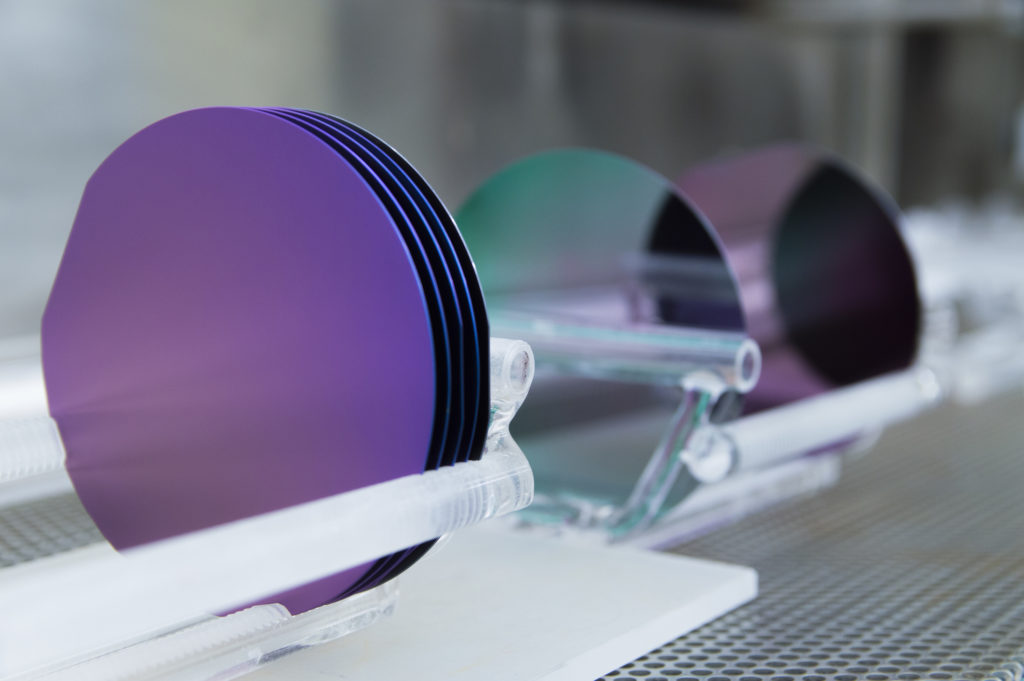Japan, the Netherlands to Join U.S. Chip Ban Against China
Share

That’s the scoop. So far, all three governments are keeping the news quiet.
Big news for people who like news about the Biden administration’s ban of the sale of advanced semiconductor chips and chipmaking equipment to China: The United States has reportedly brought the Japanese and Dutch governments on board.
This is the biggest development in this story since the ban went into effect in October, reports Bloomberg, because Japan and the Netherlands are home to some of those critical equipment manufacturers. It’s very difficult to make these top-of-the-heap chips, the kinds needed to run things like supercomputers and self-driving cars and weapons platforms. And what makes the U.S. ban so devastating is that it goes after the tools needed to make them. China needs these tools to continue the development of its relatively underdeveloped domestic semiconductor industry. And even as most of the manufacture of advanced chips is located offshore in places like Taiwan, a lot of the highly specialized equipment needed to make chips is actually American-made.
A lot, but not all of it, as the editor of Bloomberg Business points out:
There are five companies that produce the gear needed to make advanced chips. Three are American – AMAT, Lam and KLA — and they were covered by the US rules. The other two are Japan’s Tokyo Electron and Dutch lithography specialist ASML.
— Peter Elstrom (@pelstrom) December 12, 2022
This is what made convincing the Japanese and Dutch governments so important: Their countries are home to the other equipment makers critical to the chip fabricating process.
This stuff really is a pinnacle of high-tech manufacturing. Take a look at ASML Holding, the company based in the Netherlands. It’s the only company in the world that makes extreme ultraviolet (EUV) lithography machines, without which these chips can’t be made. Here’s CNBC this past March describing exactly what these things do:
EUV stands for extreme ultraviolet, an incredibly short wavelength of light that ASML generates in large quantities to print small, complex designs on microchips. The EUV light is created with tiny explosions of molten tin happening at extreme speeds and then bounced off unique Zeiss mirrors that ASML says are the flattest surface in the world. A small percentage of the EUV light particles reach the surface of a silicon wafer, where they print the minuscule designs that determine what each chip will do.
ASML sold approximately 140 of these machines in the past decade, each for about $200 million. Its next-generation machine is expected to cost $300 million. And remember, these machines only account for a step in the production process for advanced chips.
Bloomberg reports the Japanese and Dutch governments have agreed in principle to join this export control effort. And the experts say their participation is really key to making the effort work. If they had declined, the ban would effectively be incomplete. The companies under their jurisdiction would continue to sell to the Chinese, and other companies would eventually fill the gaps.
But this isn’t the only development in the semiconductor chip story, as China, for it its part, isn’t taking any of this lying down. It has filed a lawsuit against the ban at the World Trade Organization just this week. What’s more, Reuters reports the Chinese government is planning its own massive investment in semiconductor production, akin to the CHIPS Act that passed Congress in August.
At any rate: The agreement between the U.S., Japan and the Netherlands isn’t official yet, so it remains to be seen if those other two governments will agree to the entirety of the U.S. ban or just parts of it. But that should be announced in the coming weeks. We’ll be watching.
